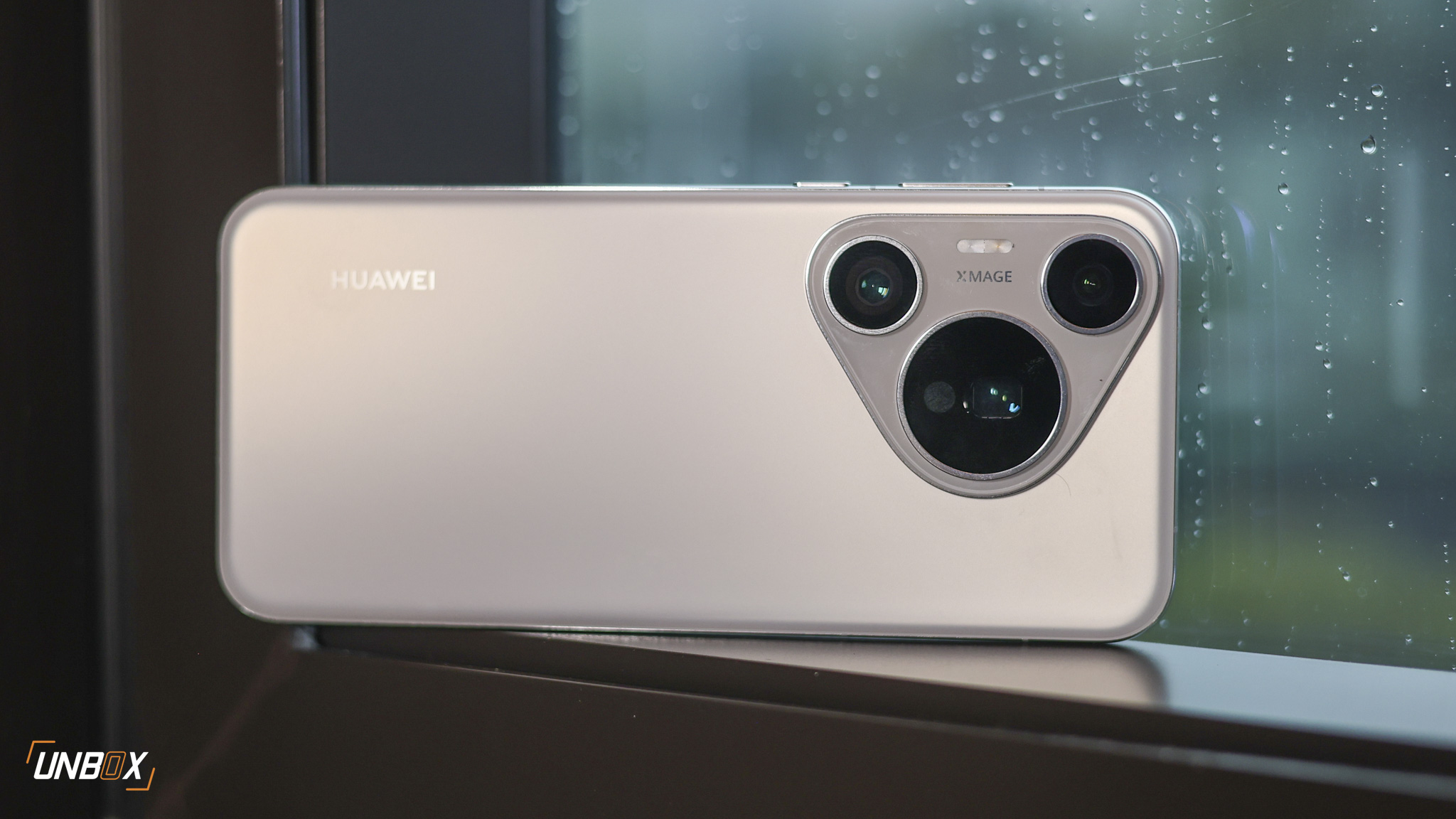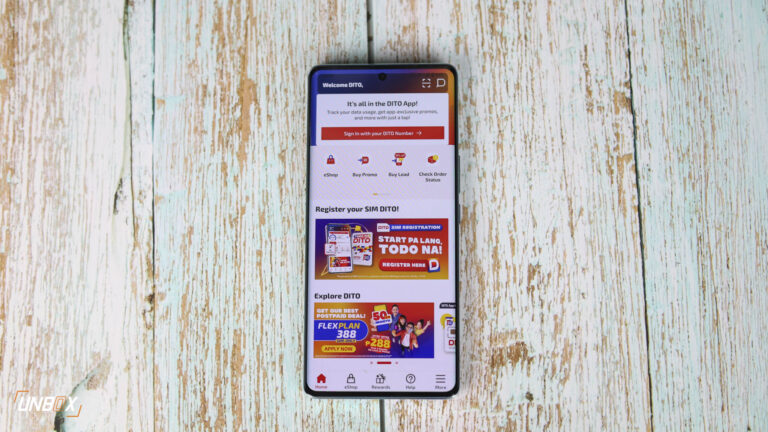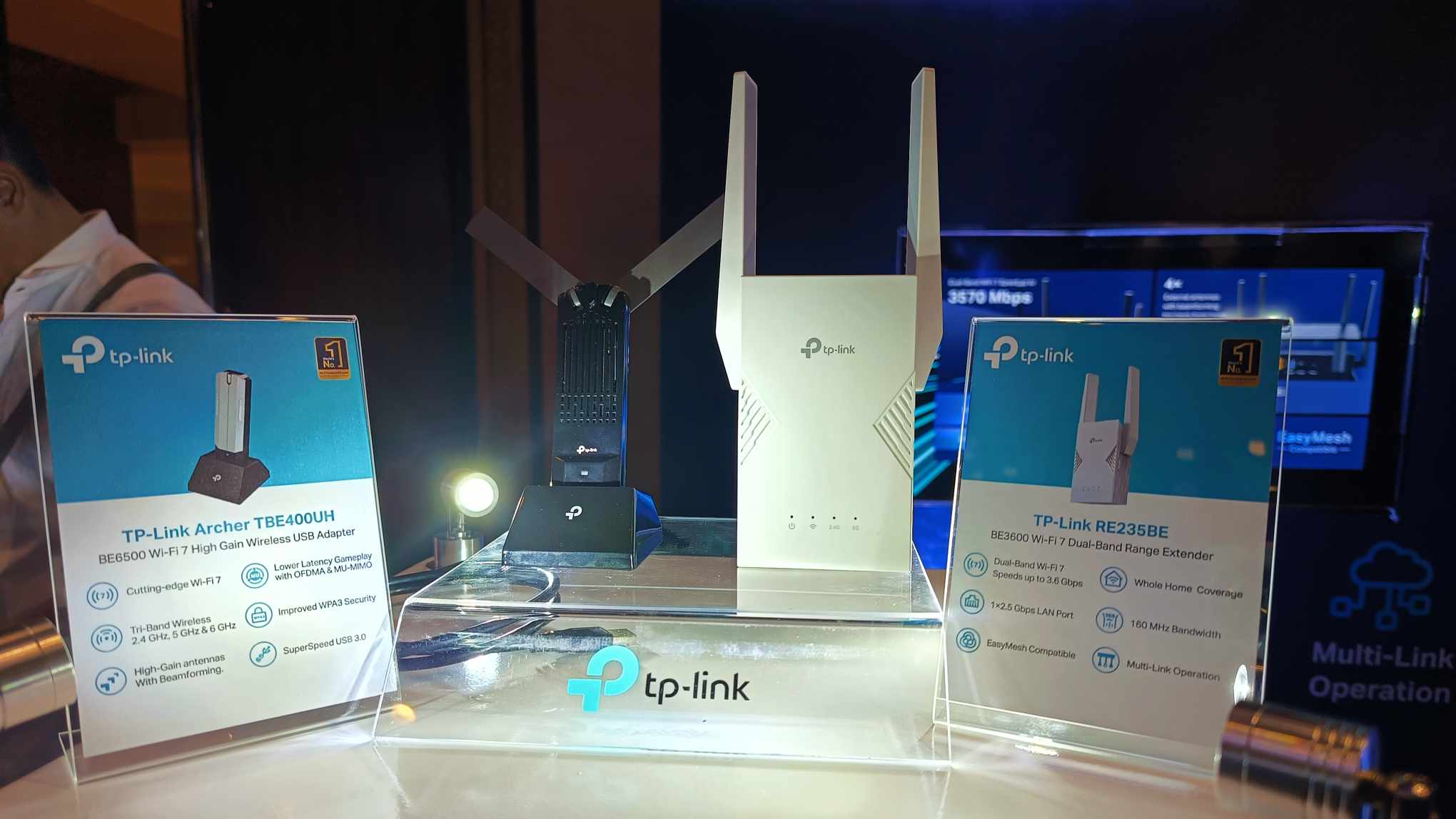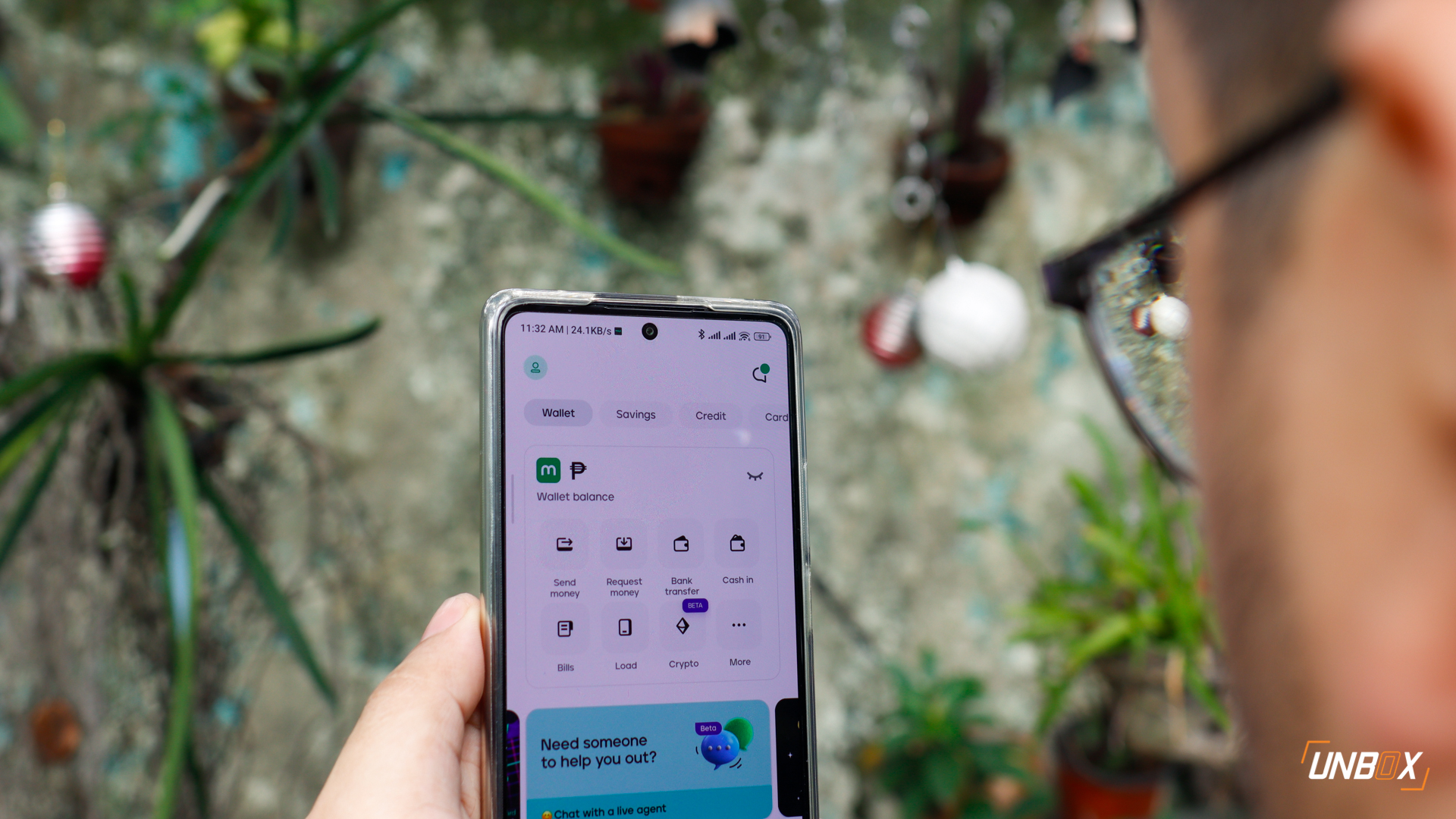 In the blockchain world, there’s a new term that’s been making waves everywhere. Called NFT (short for non-fungible tokens), it’s been used in selling authenticated copies of artwork, NBA highlights, and even music albums for obscene amounts of money. How obscene? Well, Beeple’s Everydays-The First 5000 Days sold for an absurd amount of $69 million at Christie’s auction last March!
In the blockchain world, there’s a new term that’s been making waves everywhere. Called NFT (short for non-fungible tokens), it’s been used in selling authenticated copies of artwork, NBA highlights, and even music albums for obscene amounts of money. How obscene? Well, Beeple’s Everydays-The First 5000 Days sold for an absurd amount of $69 million at Christie’s auction last March!
Trying to wrap your head around NFTs and what it means might make your head explode, so let us break it down for you:
It represents ownership. Unlike when you download (or purchase) digital media on the internet, NFTs show actual ownership of the product by having the product’s data stored on a digital ledger (aka the blockchain). This is different from copyright, as NFTs have an actual tracker of the original owner of the product and to who it was sold to.
Since it represents ownership, NFTs can be represented via minting—aka having a limited number of owned copies on the blockchain space.
To put it in simpler terms, think of an NFT as a way to identify one-of-a-kind digital items that cannot be reproduced.
 It can be sold anywhere. Since NFTs are purely digital, one can buy and sell NFTS anywhere around the globe without worrying about shipping and duties. This is a boon for artists who like to make their work seen on a more global scale without worrying about the costs and possible dangers of shipping products.
It can be sold anywhere. Since NFTs are purely digital, one can buy and sell NFTS anywhere around the globe without worrying about shipping and duties. This is a boon for artists who like to make their work seen on a more global scale without worrying about the costs and possible dangers of shipping products.
As of this writing, NFTs are not subjected to taxes, though that might change in the future once the rules and guidelines have been set. In addition, since NFTs are stored in the blockchain, one can buy or sell an NFT in any marketplace.
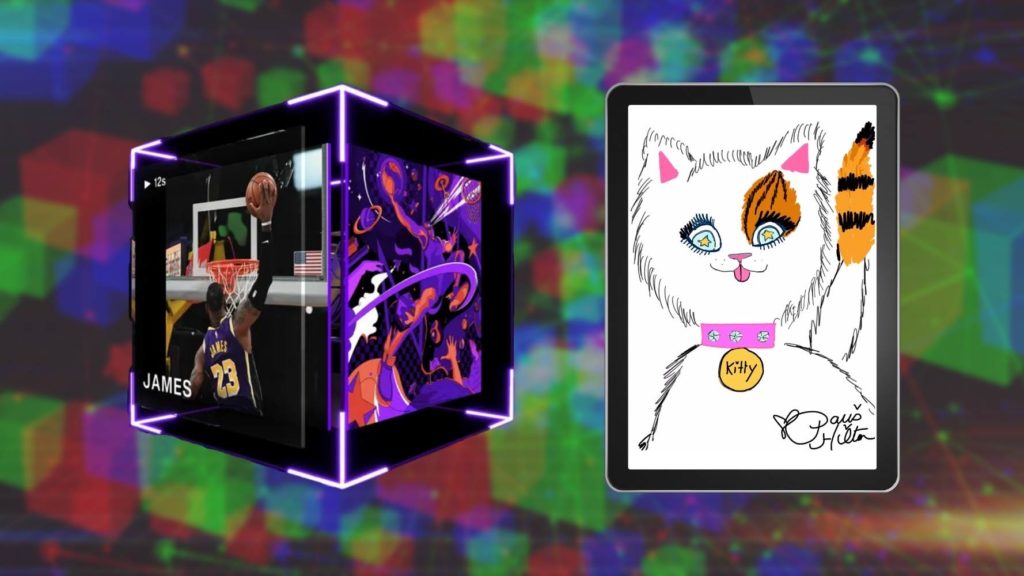
Practically anything can be an NFT. The nice thing about NFTs is that you can think of practically anything to create your very first NFT. It can be a photograph, a digital animation, an artwork, a video clip, or even a music album. Since there are no clear rules yet, the possibilities for NFTs are limitless—at least for now.
Since there are no solid rules for it, NFTs right now can cover NSFW art—as long as the said artwork is done tastefully and does not border on pornography. The same goes for licensed art (ie. Marvel superheroes)—we will have to wait and see how more established companies would view NFT artworks in the future.
 Minting an NFT costs money and time. Before you start creating your own NFT and mint it (either by having limited copies or doing a 1/1 and offer it via bidding), one should be aware that minting an NFT costs money. BloomX Founder Luis Buenaventura—who has made a few NFTs already—said that it would cost anywhere between $100 to $150 to mint an NFT, and it takes around 2-7 working days for it to be approved. On top of that, creators need to factor in marketplace commission fees when selling their work.
Minting an NFT costs money and time. Before you start creating your own NFT and mint it (either by having limited copies or doing a 1/1 and offer it via bidding), one should be aware that minting an NFT costs money. BloomX Founder Luis Buenaventura—who has made a few NFTs already—said that it would cost anywhere between $100 to $150 to mint an NFT, and it takes around 2-7 working days for it to be approved. On top of that, creators need to factor in marketplace commission fees when selling their work.
In an example Buenaventura gave to us, an NFT sold for $500 will merit you around $320 at most since $100 is deducted from the minting of the NFT and 20% is deducted from the marketplace’s commission fee.
As for why NFTs are generally expensive, it is because a big chunk of them depend on Ethereum—and the said cryptocurrency’s value has been rising steadily for the past few months.
 Social media is NFT’s biggest audience. Being a digital product, the main audience of NFTs is social media—specifically Twitter, as Buenaventura points out. Because of the nature of NFTs, having one that sells well will involve having a good social reach, along with collabs from more established artists.
Social media is NFT’s biggest audience. Being a digital product, the main audience of NFTs is social media—specifically Twitter, as Buenaventura points out. Because of the nature of NFTs, having one that sells well will involve having a good social reach, along with collabs from more established artists.
The beauty of NFTs is that it sometimes takes just one person in order to make your work recognized—which is a big, big boon for emerging artists who want to get their stuff known across the globe while still complying with WFH guidelines due to the ongoing pandemic.
That sums up our explainer on the things you need to know about NFTs. Got other questions in mind? Let us know!









